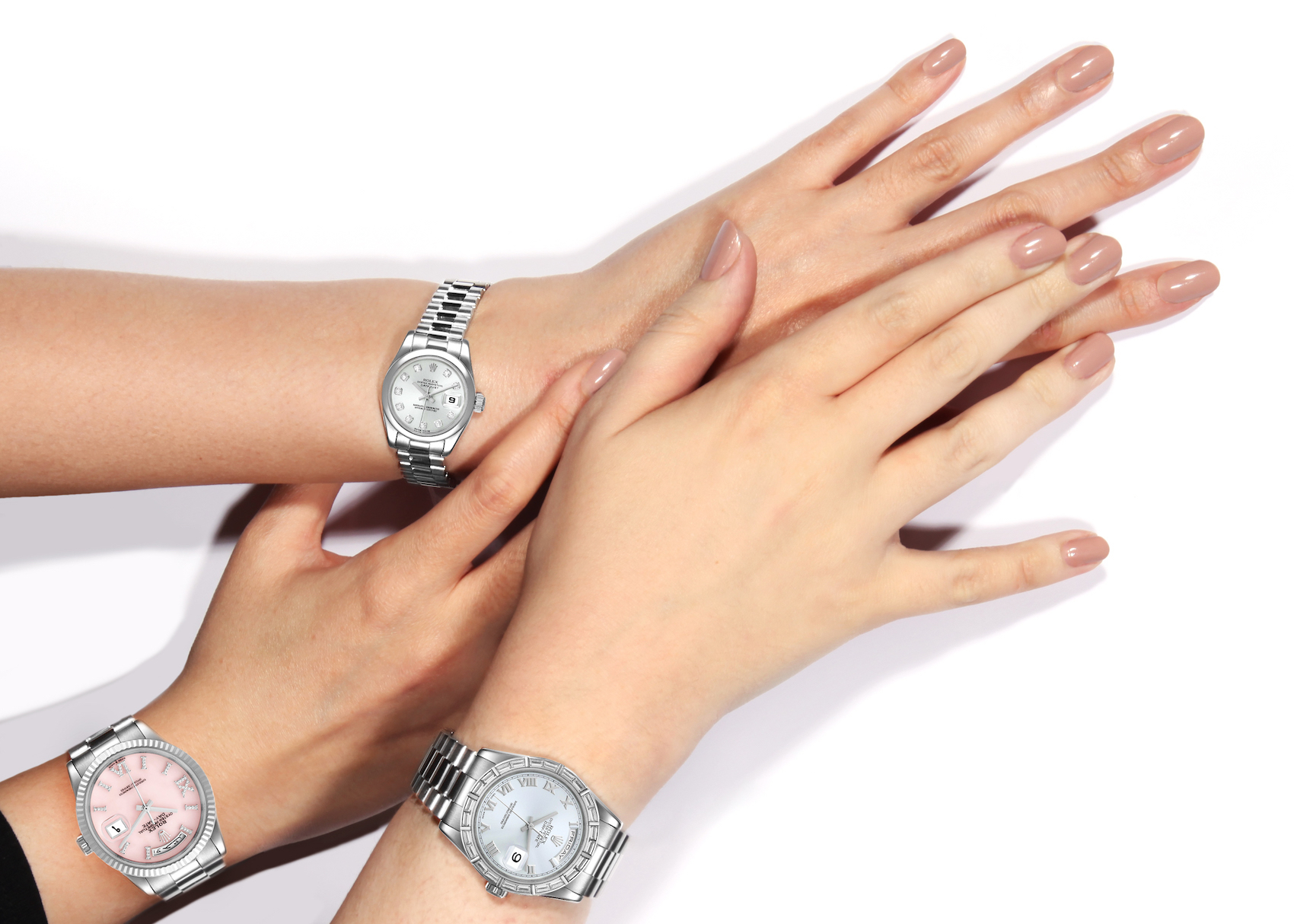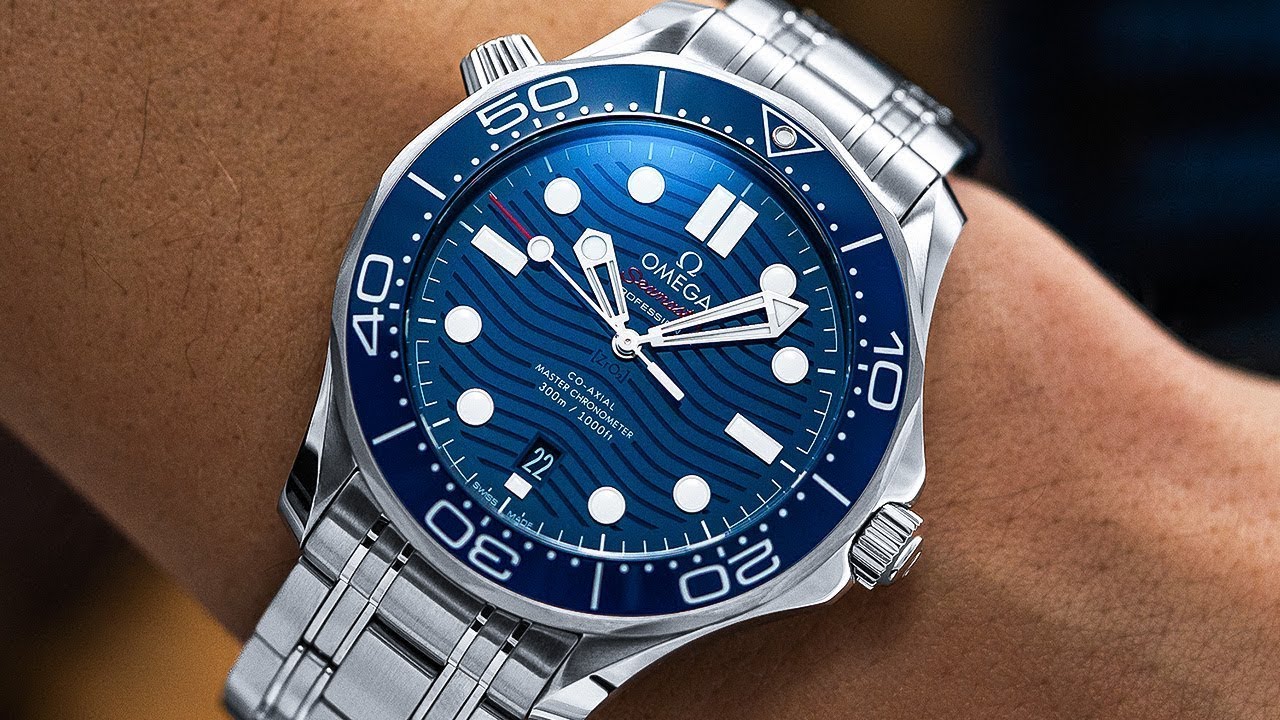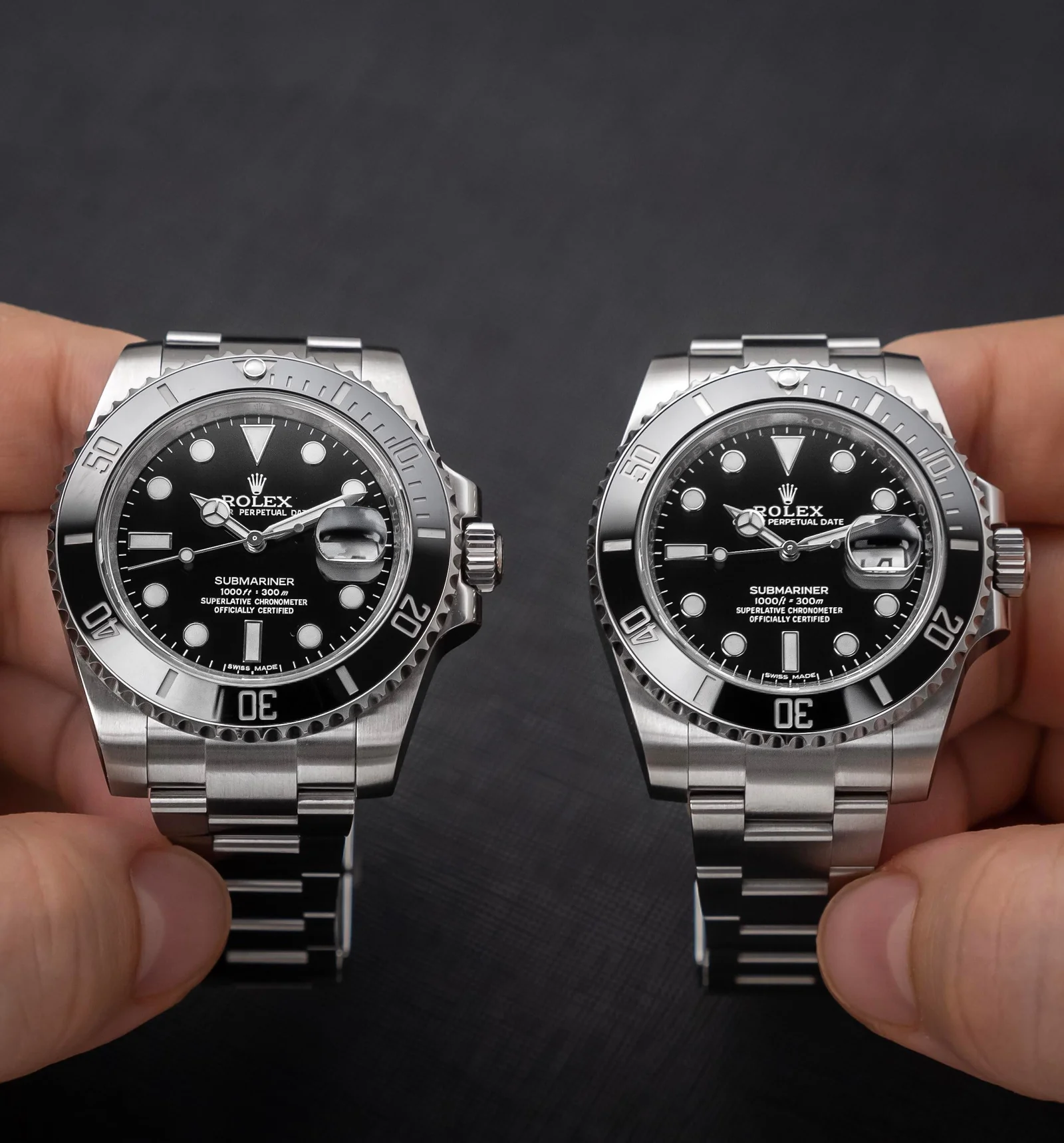How Many Replica Watches Are Actually Made Each Year
A new report produced by Australia-based Danny Younis — a former equities analyst and investment banker with two decades of experience, now focused on writing about wine, luxury investing, and watches has unveiled one of the most intriguing and comprehensive reports ever assembled on the world of replica watches. This report provides rare insight into an industry that thrives in the shadows, addressing points of curiosity and controversy alike.
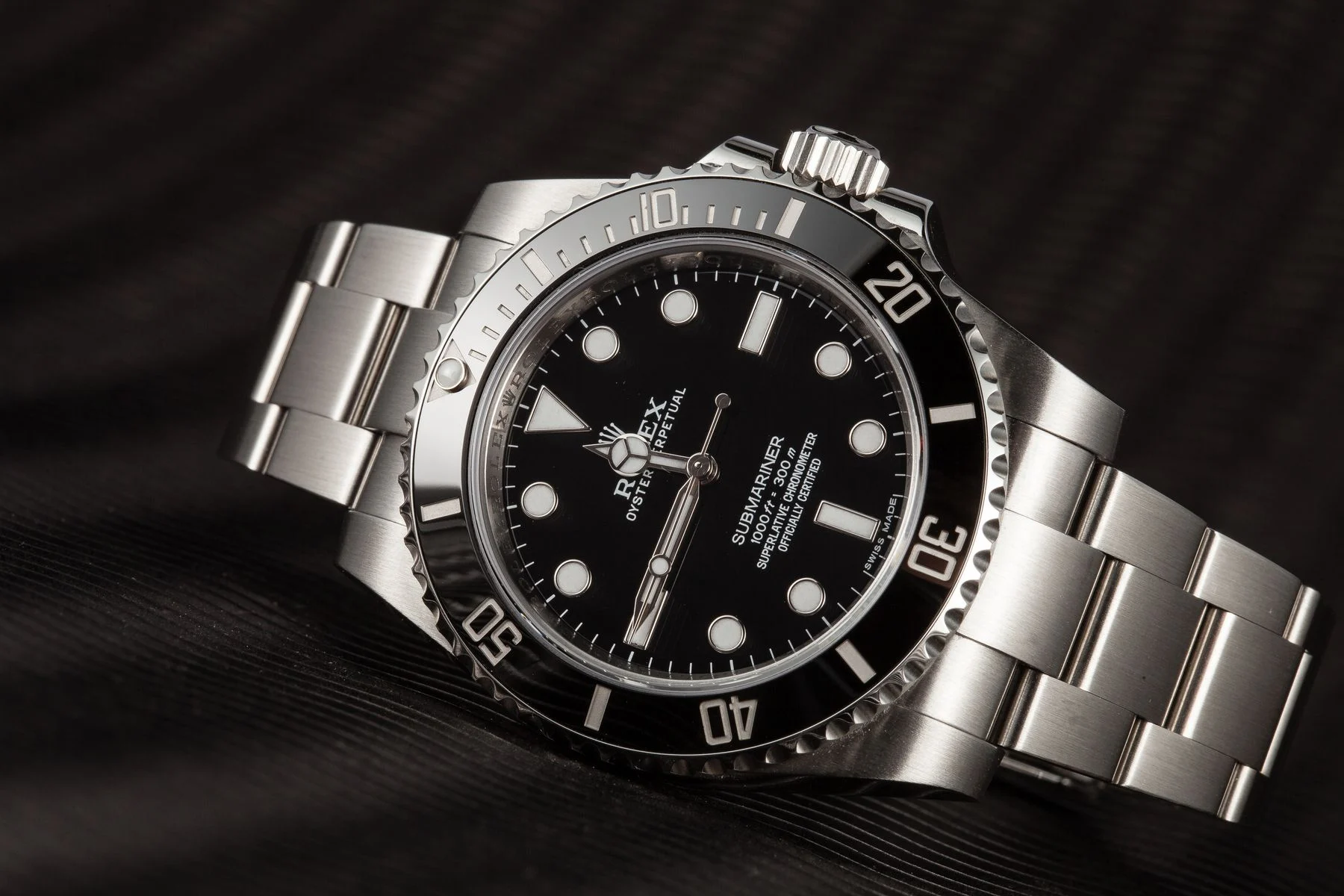
Inside Replica Watch Annual Production Numbers
“I’ve analyzed virtually every piece of credible data on replica watches published over the past 30 years,” Younis shared in a LinkedIn post promoting his latest research into production and sales figures for high-end replicas. “I’ve sifted through industry reports, market analyses, supply chain intel, over ten books dedicated to luxury counterfeits, and spoken with acknowledged experts on replicas. I then cross-checked my findings against what’s actually circulating on resale channels, producing a reliable snapshot of the replica watch market today.”
Leveraging the analytical rigor honed in his finance career, Younis’s deep dive builds upon recent exposes that have highlighted the scale and sophistication of replica manufacturers many of whom mimic not just the look, but also the pricing strategy and distribution patterns of legitimate brands.
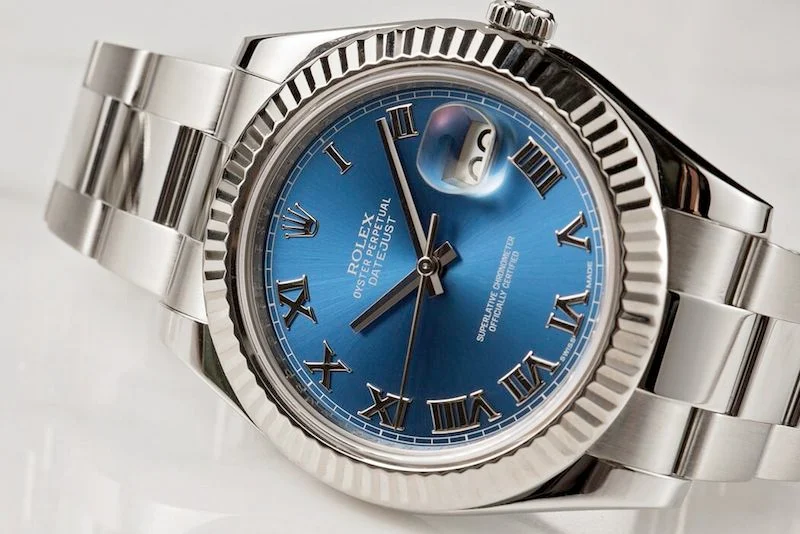
According to Younis, the replica industry produced an estimated 3 million units in 2025, representing a market value north of $1.5 billion. “Classic-inspired Replica Rolex Datejust-style, Day-Date-style, Oyster Perpetual-style account for around 60% of production,” Younis explains, while “sport-inspired replica Rolex GMT-style, Submariner-style, Daytona-style represent 40%, despite their higher visibility and desirability among collectors.” He further notes that while stainless steel lookalikes dominate the sport replica segment, gold-plated and two-tone models particularly those styled after the Daytona and Day-Date command stronger margins.
Recent data from Watchesuk.uk.com indicates that Datejust-inspired replicas remain the most popular choice among buyers, a point Younis reinforces in his findings. He estimates that Datejust-style replicas made up roughly 28% of total production, or around 840,000 units, in 2025. The enduring popularity of this style, Younis observes, stems from its versatile sizing, material variations, and relatively accessible price point within the replica market.
Meanwhile, Submariner-style replicas arguably the most iconic of all homage designs accounted for about 13% of replica production last year, or approximately 390,000 pieces. Daytona-style replicas, long a favorite of more discerning collectors seeking a bolder look, represented nearly 10% of output, with 300,000 units produced — a figure that marks a sharp rise compared to a decade ago.
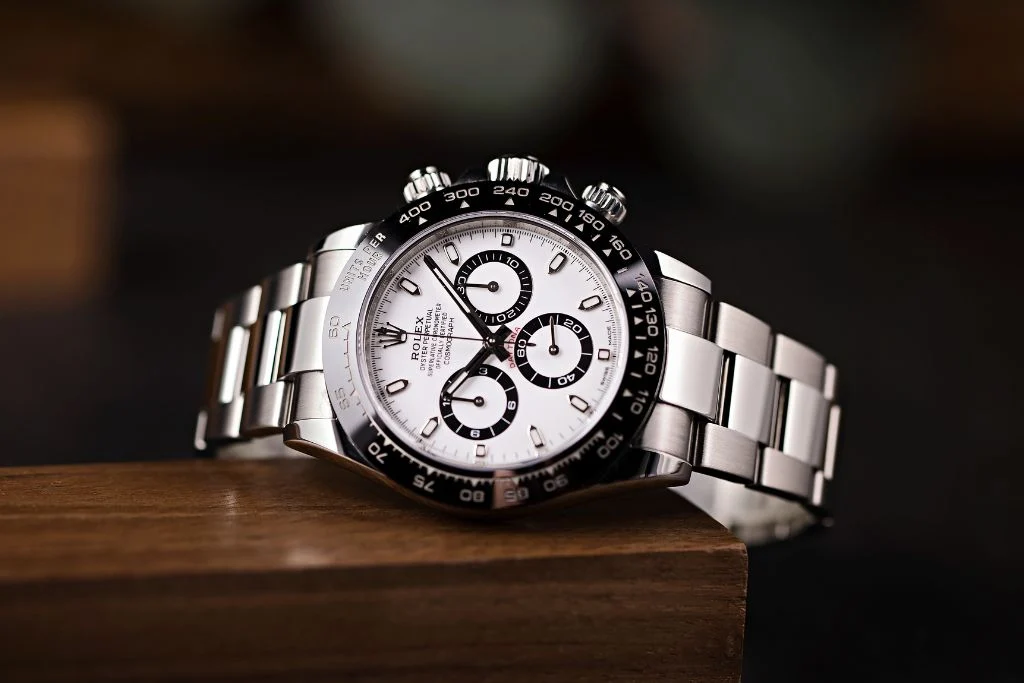
Why It Matters to Buyers and Collectors
So, should buyers opt for a replica watch simply because it’s a best-seller? Probably not. However, for those purchasing replicas as part of a hobby, collection, or style choice, understanding production trends can offer useful perspective. As replica makers continue to evolve and professionalize their operations, transparency around production estimates can help buyers make more thoughtful, informed choices. And as scrutiny of the luxury industry — and its shadow market intensifies, studies like Younis’s bring valuable clarity to an often opaque world.

